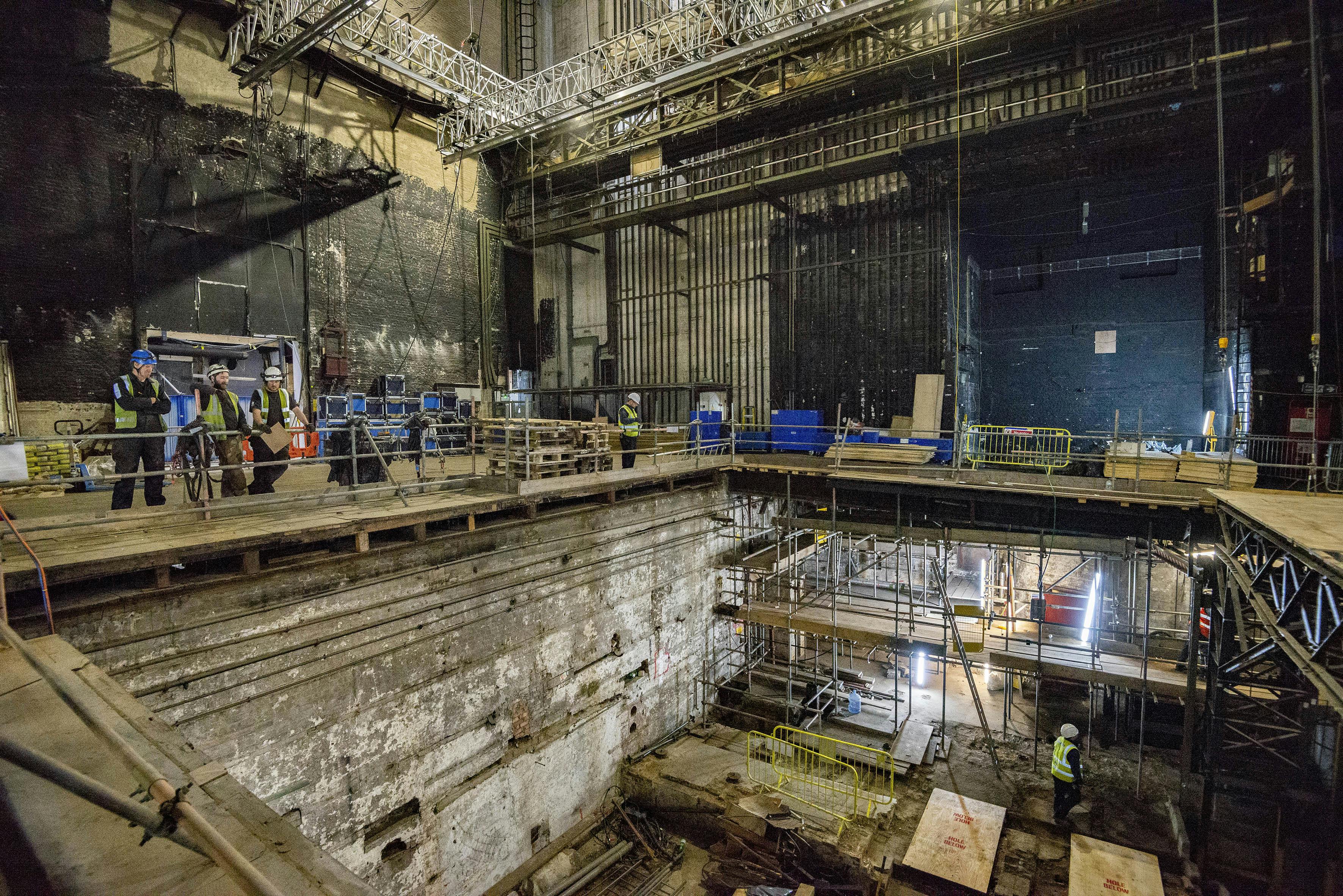
Theatre Royal, Drury Lane
The Theatre Royal Drury Lane is Grade I listed building West End theatre in Covent Garden, London. Careys was contracted to carry out the complex demolition works, improving accessibility to the building, whilst maintaining and protecting the listed assets.
Client
LW TheatresLocation
LondonPrincipal Contractor
CareysImprovements to the accessibility of the building included a new street level entrance, ramps to the stalls, five new accessible toilets and a 16-person passenger lift accessing all building levels. The number of seats was also reduced from 2,200 to 2,000 providing more room for wider seats and extra legroom.
Royal box salvage element
Royal box salvage element
As part of our responsibilities, we carried out the safe deconstruction and removal of several irreplaceable elements from the theatre. Specifically, we were tasked with overseeing the salvage operation on sections of the royal boxes, as well as the disassembling and relocation of the massive stage and the complex sub-stage lift system.
We were entrusted with taking apart and removing the theatre’s entire stage and sub-stage area. This included salvaging a 575m2 staging area, composed of teak flooring. We were required to carefully disassemble the six hydro lifts and rams, which were almost 120 years old.
Use of x-y lifting rig system
Use of x-y lifting rig system
During most of the 20th century, the Drury Lane theatre was known for its large, spectacle-filled productions. Through the electrical and hydraulic lifts the stagehands could independently manipulate four bridges or separate sections, that made up a 7.3m by 12m area of the vast stage.
We employed an x-y lifting rig system, which is capable of hoisting up to 12 tonnes, in order to safely raise and remove the lifts, rams and all associated weights and ancillary items. In addition, we devised a systematic and sequential process which gave other trades the ability to access and conduct works in certain areas of the stage, even as we proceeded with our salvage activities.
Specialist experience and planning contribute to success when working with historical structures
Specialist experience and planning contribute to success when working with historical structures
Our wealth of experience in working with listed buildings enables us to quickly identify potential pitfalls and devise effective ways to overcome them. We had to account for the potentially hazardous presence of gas on site, due to a centuries-old lighting system that had ingeniously delivered gas to all areas of the theatre via a system of pipes. Because of this configuration, it was highly inadvisable to employ tools, equipment or methods that involved hot works, diesel or other flammable materials.
Our solution was to utilise three-phase electronic Brokk machines for demolition, rather than diesel excavators. This also helped to reduce our carbon impact and significantly reduced delays beyond our direct control that were mounting up in the programme.
Our proposed sequence of works for the removal of the stairs was adopted by the client; through this, we made an approximate saving of £30,000 in design and work costs for the project. Top-down demolition of the staircase was the most effective solution as it gave the teams appropriate time to maintain the stability of the core whilst we removed the stair levels.
The sequence involved first removing a floor, then installing a floor slab to support the lateral stability of the walls. This allowed us to remove the need for the temporary works scheme, as the permanent works provided all the stability required. This represented a considerable programme saving.
We'd love to hear from you, so please get in touch